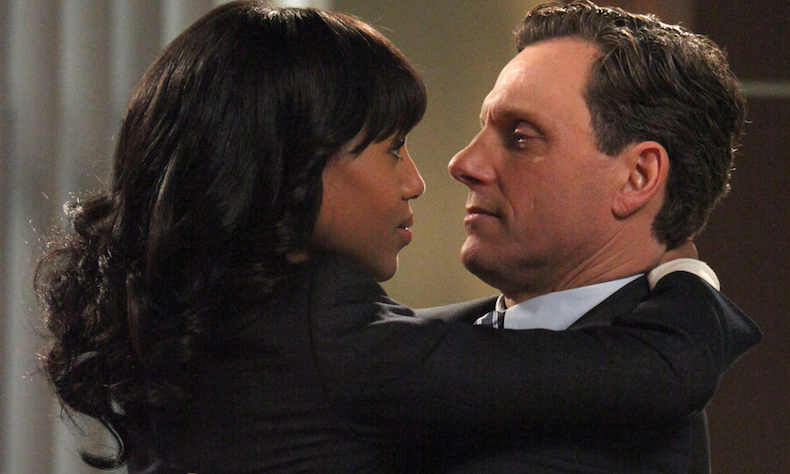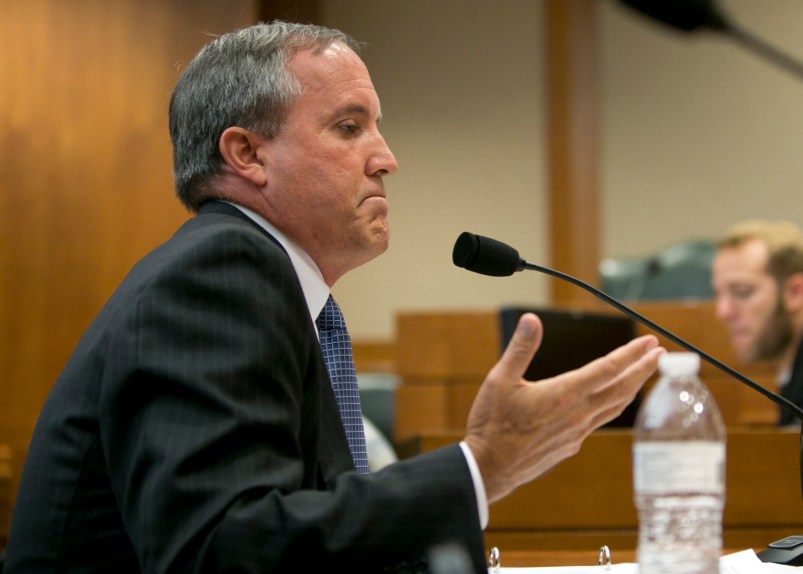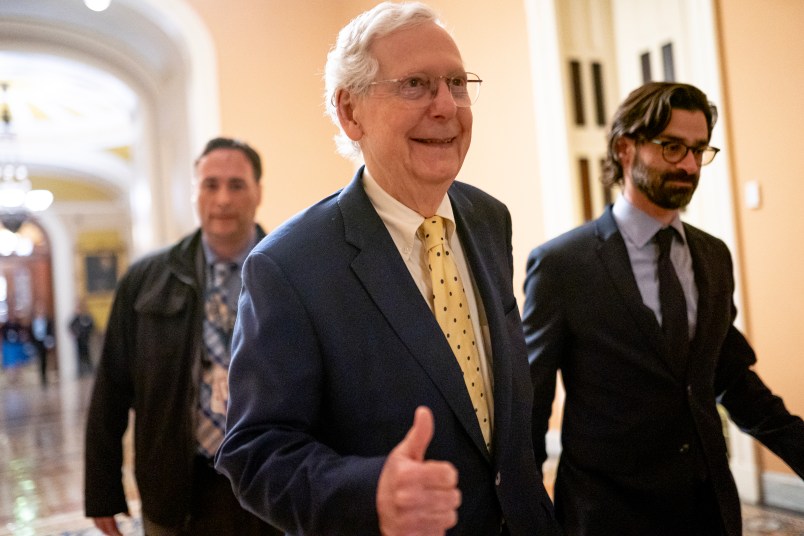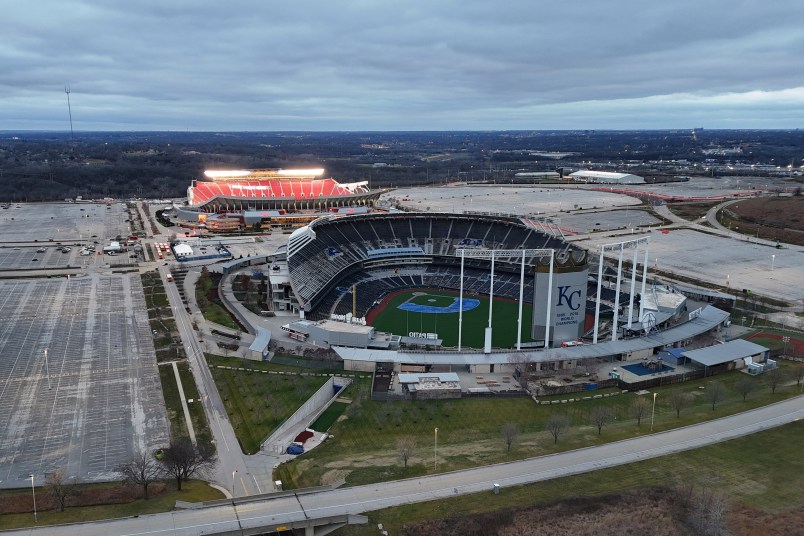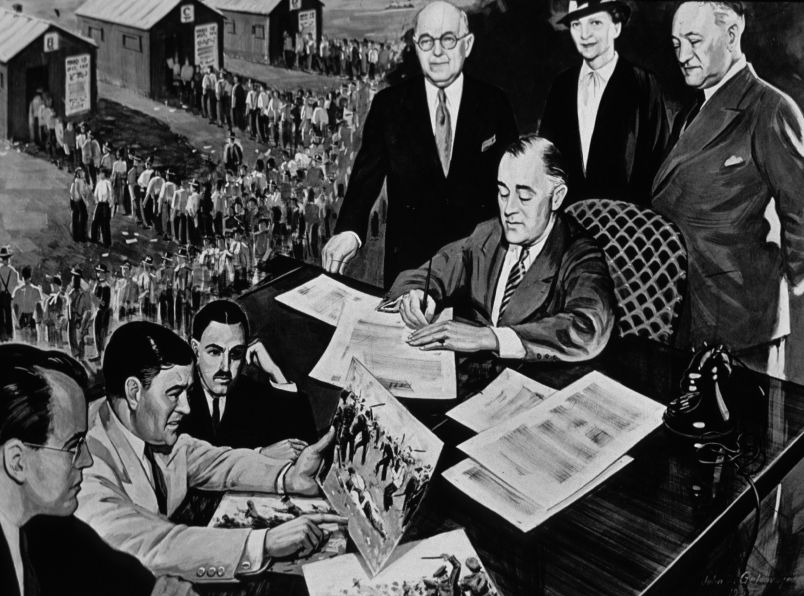With Olivia and Fitz on Scandal, and Annalise and Sam on How To Get Away With Murder, it has been noted that there’s a mainstream pop culture revolution happening in the representation of white men in relationships with black women.
Has post-racial dating finally trickled down to black women? Are younger people less hung-up on race and more accepting of interracial couples in media? Has powerhouse Shonda Rhimes singlehandedly flipped the script on the natural superiority of white women?
I started this whole thing (and it becomes a thing) because I wondered, Just how unique is this moment of white men and black women romantic pairings on television?
Bless my heart.
What started with an unanswered question on Twitter ended up with a five-day bender. The bender took me through reference books, online databases, and into the emotionally fraught waters of assigning race to human subjects.
I am hesitant to share any parts of what I found. For one, I get in trouble every time I count something that is considered squarely in the domain of “culture.” I promise you I am aware of the philosophical tensions around the very idea of quantifying social experiences. The personal is political and an n-of-1 is a perfectly legitimate mode of inquiry. I issue all of these disclaimers to say: Please, for the love of all that is holy, do not email me about counting. Go ahead and talk about me on listservs and in your homes, however. This is America, after all.
Let’s start with a few numbers and how I got them.
First, I actually bought the The Complete Directory to Prime Time Network and Cable TV Shows, 1946-Present. In fact, this step was how I decided whether or not to even start down this rabbit-hole. I said to myself, “Self, if this reference is available as an ebook, it is a sign to continue.”
It is available as an ebook.
This encyclopedic guide says that it lists:
…regular series carried on the commercial broadcast and cable networks in early evening, prime time and late night (roughly, between 6:00 PM and 3:00 AM). In addition we have included the top syndicated programs that have aired primarily in the evening hours. We cover the entire history of network TV in the United States, from its inception on a regular basis in 1994 through April 15, 2007.
If you want more than that, I suggest buying the book.
For my purposes, I used the guide’s annual list of “Top-Rated Programs by Season.” It’s drawn from Nielsen ratings and you can always read up on the strengths and weaknesses of those. I took the top 20 shows from every year for the last 20 years (1994-2014). The print/digital copy of the text runs through 2007 but the editors maintain a year-to-date list online. I pulled the same top 20 for years 2007 to 2014 from that online list.
A bit of futzing with a spreadsheet, some manual data entry, and several long talks with myself later I had 419 entries. I used Wikipedia and International Movie Database and a little thing called “Google” to identify 1) main characters for every scripted program on the list 2) their major romantic relationships and 3) the race and gender composition of each relationship.
There are a lot of subjective judgement calls in this. If the fans and critics considered the relationship “romantic” and major enough to mention? I included it. I tried to assign racial categories based on how the actors presented via their characters’ context in the show, as opposed to the actor’s racial and gender presentation. For example, Vanessa Williams may present as black but did her character on Desperate Housewives present as black to either the other characters or to the viewing audience? Judgment calls. And it got way sticky with fi…uh, talented Jesse Williams of Grey’s Anatomy. In the end, I went with what people on social media said he was.
The first number is 82. That’s the total number of Top 20 shows on broadcast television between 1994 and 2014, minus reality shows (e.g. Survivor), game shows (e.g. Who Wants to Be a Millionaire?), and sportsball events (e.g. Monday Night Football). One way to think of this number is that there were 82 programs that could have featured a romantic pairing, i.e. a device common to sitcoms, dramas, and serials.
Of those 82 shows, I differentiated between “primary” couples and “ensemble” couplings. Basically, I wondered if you had more anti-hegemonic pairings with ensemble casts (e.g. ER) than you did with shows where the couple anchors the whole show (e.g. Roseanne).

You get more play with all couples, in sheer number and in configurations, when it is an ensemble show. In 20 years there have been exactly five white men-black women couplings (including Scandal but not How To Get Away With Murder; more later). Only one such pairing is a primary couple, i.e. the central romantic coupling on which the show’s premise hinges. That is Scandal. (For the record, I counted the relationships cited for the season that appears on the annual ratings. For Scandal, that is the first season. Jake has not yet entered Olivia’s secret garden and Ofitz is still the series’ primary romantic coupling.) All of the other four white men-black women pairings are on ensemble shows, Friends and Desperate Housewives. Three of those pairings are attributed to Vanessa Williams’ character on DH.
I broke out heteronormative couples for this count. I also counted the queer couplings for each show. There aren’t many (eight total) and they are also concentrated on ensemble programs like ER and Grey’s Anatomy although there’s a major aggregate assist from Will & Grace. The queer/non-heterosexual pairings are mostly white-on-white pairings. In the case of interracial pairings, the most common pairing is “non-white” and white. I loosely (and begging all due forgiveness to methodology, theory, politics and lives) defined “non-white” as Hispanic (-American), Asian (-American), and South Asian. Basically, Grey’s Anatomy‘s Callie Torres brought the “diversity” to this category. Interestingly enough, Callie also paired with men on Grey’s, accounting for the show’s non-white female heterosexual pairings as well.
This list does not include How to Get Away With Murder. It’s too new to be in these ratings although I suspect its numbers will put it there next year. And the show’s primary couple of black attorney-professor Annalise and her white professor husband Sam has been the cause of much of the buzz on this topic. That brings me to the difference in quantity of race-gender pairings to the context of those pairings.
Someone mentioned on Twitter that Tom and Helen Willis of The Jeffersons was one of the first and most mainstream black woman-white male pairings on television. That show aired between 1975 and 1985, which falls beyond the parameters of what I did here. However, TV Tropes (another Twitter recommendation) gives a summary history of how such pairings have unfolded on TV in the gap between The Jeffersons and when I pick up this analysis in 1994:
When these relationships are portrayed, two issues may work their way into the narrative:
A black woman may be accused of “selling out” by dating white men. It is expected that black women will only be attracted to black men. If her lover is wealthy in addition to being white, she may receive accusations that she’s a Golddigger.
A white man may also encounter derision. In some circles, black women aren’t seen as attractive or desirable partners so a white man may be seen as “trading down” or deviant for not wanting to date a white woman.
When white men have paired with black women on network television, it has been for laughs or for A VERY SPECIAL EPISODE. Vanessa Williams’ character on Desperate Housewives is a good counterpoint. Williams joined DH after award-winning Alfre Woodard joined the cast as its first black actress. Woodard is described by critics as “motherly” and strong. She keeps her sons chained in a basement and, as far as I could discern, was the only living body on Wisteria Lane not having sex. On a show defined by sexual conquests and marital status (“housewives” is right there in the title), Woodard’s character (“Betty Applewhite”; they even made her sound like a woman on a pancake box) has no spouse, no partners, and no one on the cul-de-sac horizon.
Williams, on the other hand, goes through three men like a good Desperate Housewife and even ends her run on the show by getting married. The difference is phenotypical. Woodard is dark. Williams is light. While both conform to Hollywood body standards, Williams presents as closer to normative, white beauty ideals than does Woodard. One has sex on a show about sex and the other one is motherly.
Rhimes’ real revolution may be less about the number of black women she pairs with white men and more about which black women she pairs with white men. In Kerry Washington and Viola Davis, there is more of Helen Willis and less of Vanessa Williams, only played straight rather than for laughs. The most shocking thing about Washington and Davis’ characters may be that their desirability is assumed. That would counter at least 20 years of programming.
No matter how you slice it, primetime network television has never had and still does not have a large number of black women pairings of any kind, much less with a non-black male. When you account for pairings that drive the show, aren’t “very special episodes” or played for laughs, the number is pretty stable. Scandal and HTGAWM brings the grand total of such pairings to a 20 year high of…two. To the extent that this represents a major increase it is because anything is a major increase over zero.
But why does two feel so significant?
Well that’s a whole ‘nother story.
While interracial marriage has increased over the past twenty years, black women remain the least likely to marry outside their race. When network television has done interracial relationships, it seems to have gone with the most likely pairings, i.e. black men with just about anyone else and white men with Hispanic or Asian women. The great statistical mismatch among black women and Asian men might well be the real taboo to be broken in culture and on network television.
But, of course, white men matter in the way that capitalism matters. It’s just hanging out there representing a cornucopia of structural stuff like history, culture and norms. I have said before that marriage may be about love but it is also about power—who has the power to define who is attractive; who is marriageable; who can be recognized as married before the State. In the game of power, desirability becomes a type of commodity judged against what power deems desirable. I sincerely do not believe that black women are pining for the great seal of white male approval. Seeing a reflection of one’s self on network television in an interracial relationship should not be misconstrued for self-hatred or even post-racial sophistication.
What is more likely happening in the recognition of this phenomenon of two is that desirability is the antithesis of the caricature of black women. That desirability is measured against maleness and whiteness is about the culture we’re in where white and male is equated with power and privilege. Who wouldn’t want privilege’s favor? I think all the waves of feminism have failed black women as it relates to desirability. Womanism and younger hip-hop influenced feminist epistemologies are getting at that, but we still have a ways to go to value the desire to be desirable. That isn’t self-hate or antipathy or even a desire for more white male attention. That’s about being human. And humanity is something often denied women, in general, and black women as a systematic imperative.
I’m still playing with this stuff. This is all preliminary. Basically, if there’s a revolution going on, Shonda Rhimes is the general. She created two universes where desiring a black woman publicly is not deviant, funny, or abnormal enough to warrant an entire storyline. That’s a type of progress, but it is fragile. One woman, one vision means that the entirety of black women’s diverse representation in popular culture can all end when Shonda does. Whether this is a moment or a change depends and can only be seen in retrospect. But it would certainly need to become more normal for more culture producers. By that standard, the Top 20 for black women as universal partners doesn’t look all that different now than it did 20 years ago.
Notes:
1. Law & Order and CSI provided real empirical challenges. Because romantic relationships are not major foci of either franchise and because there so damn many of them, I only counted relationships for the season that the show was rated in the Top 20. I counted each franchise appearance in the ratings once in total show count.
2. I decided that Jesse Williams’ character on Grey’s was black. You are free to sue me.
3. Some shows either had no romantic relationships to count (e.g. Touched By An Angel) or so few episodes aired that the relationships did not develop/there’s no detailed information (e.g. Inside Schwartz). The chart totals do not include these programs.
4. TV watching has changed a lot in 20 years. It is possible that networks like FX and such have different programming and different norms. Also, there may be more diversity on reality TV shows although I’ll point out that The Bachelor and the Bachelorette both appeared on these lists and neither have had a serious interracial pairing.
Tressie McMillan Cottom is a Graduate Fellow at the Center for Poverty Research at UC-Davis. Find her work at tressiemc, where an earlier version of this post was originally published, or follow her on Twitter @tressiemcphd.





